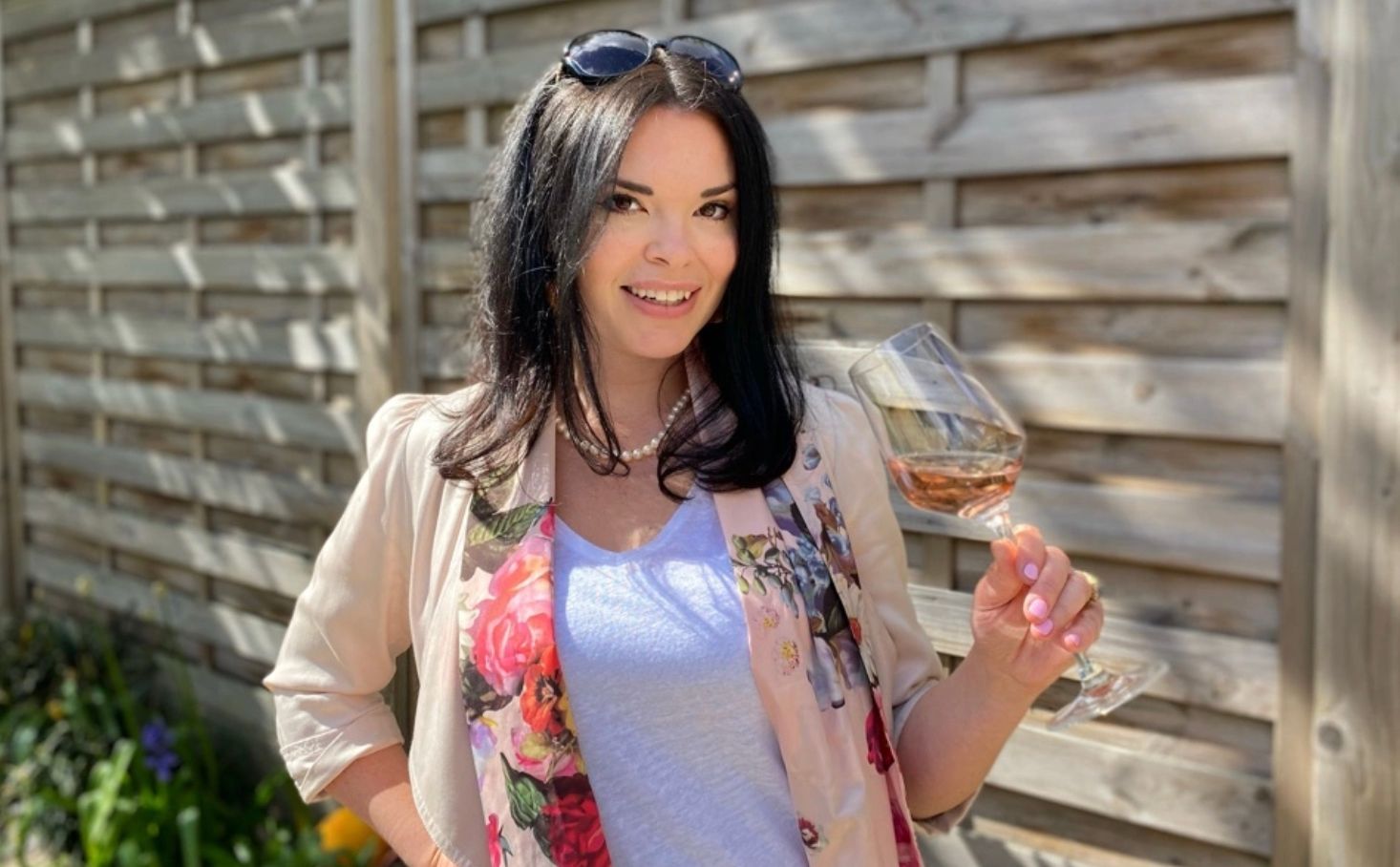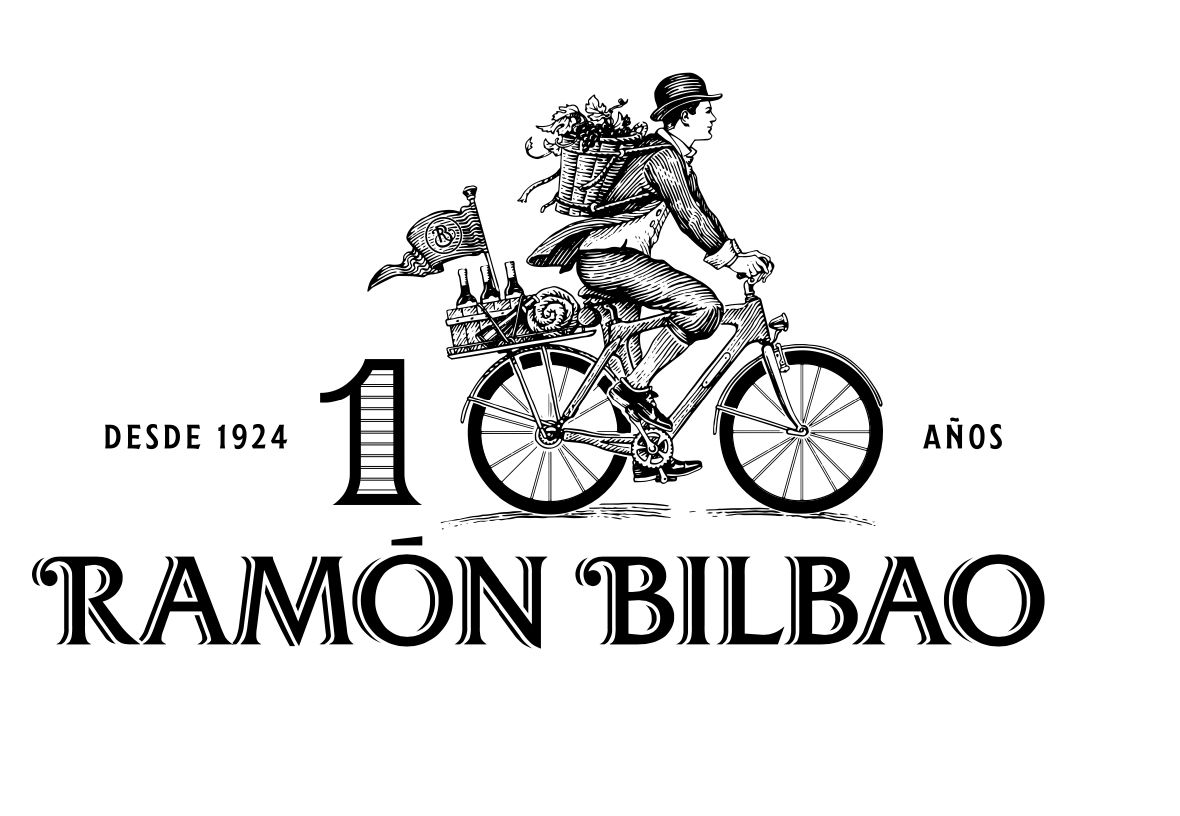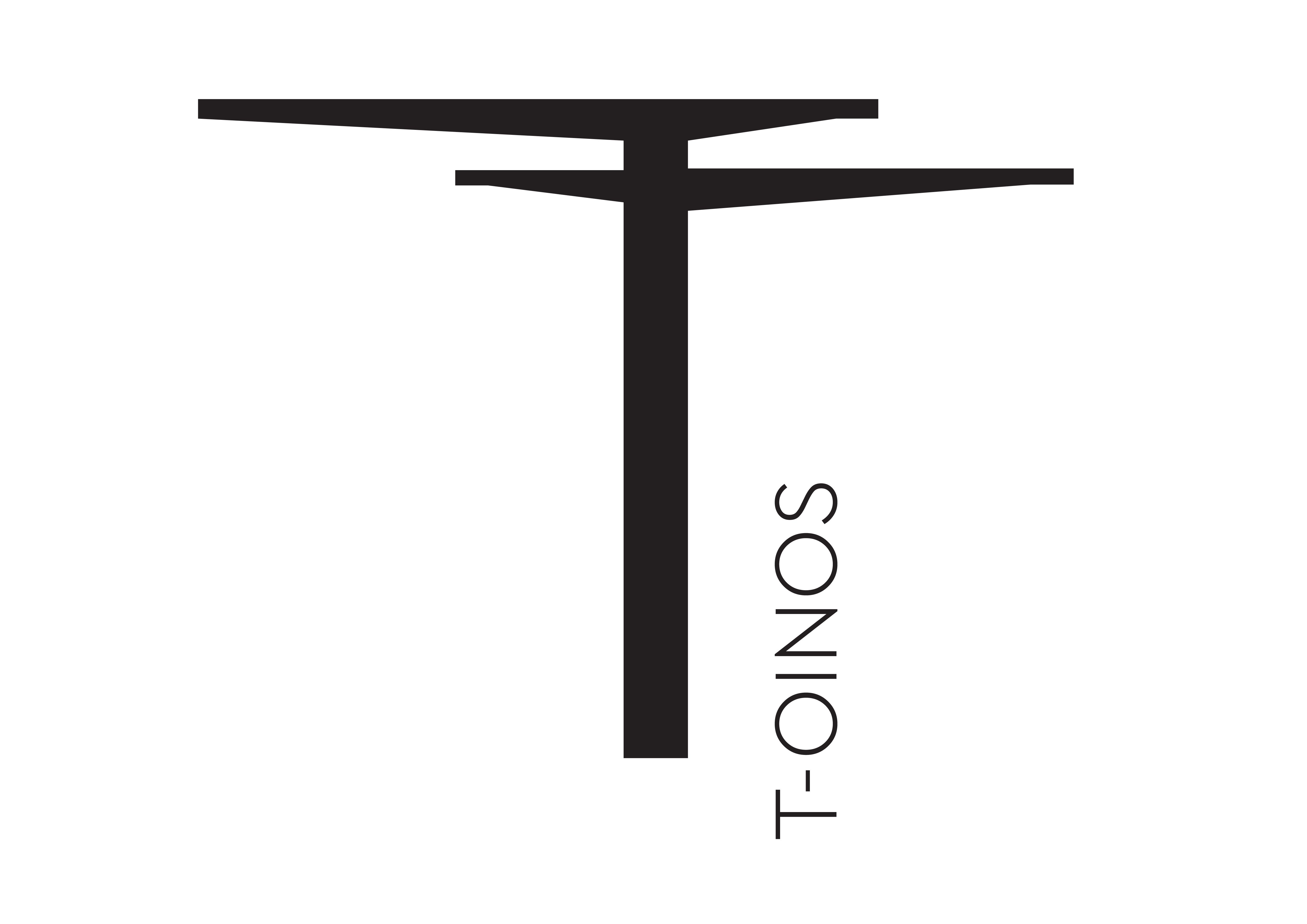Why not see the New Year in with these Vins de Provence rosé recommendations from three top wine writers.
Helena Nicklin, co-founder The Three Drinkers

Helena Nicklin believes Vins de Provence rosé can offer wines for every occasion (John Nguyen/JNVisuals)
I have chosen these three rosé wines as they are fantastic examples of the appellations they come from and I love them all for these different reasons. There’s something for every occasion and each of them showcase exactly what the region is about, but in their own ways.
Domaine des Oullières, Harmonie 2021 (Coteaux d’Aix-en-Provence)

Alongside the very pale colour, the nose here has a ripeness of fruit, like white peach with a touch of fennel. It’s elegant and quietly complex with crisp acidity and a refreshing, saline backbone. A great aperitif wine. If this were a scarf it would be made of silk.
Château de l’Escarelle ‘Les Deux Anges’ 2021 (Coteaux Varois en Provence)

In classic, Coteaux Varois en Provence style, this wine is immediately fuller on the nose with a touch of flint smoke and riper, red fruit. On the palate, it’s rich, fleshy and powerful with wonderful sapidity. This is your cashmere sweater style of wine.
Château Roubine Cru Classé 2021 (Côtes de Provence)
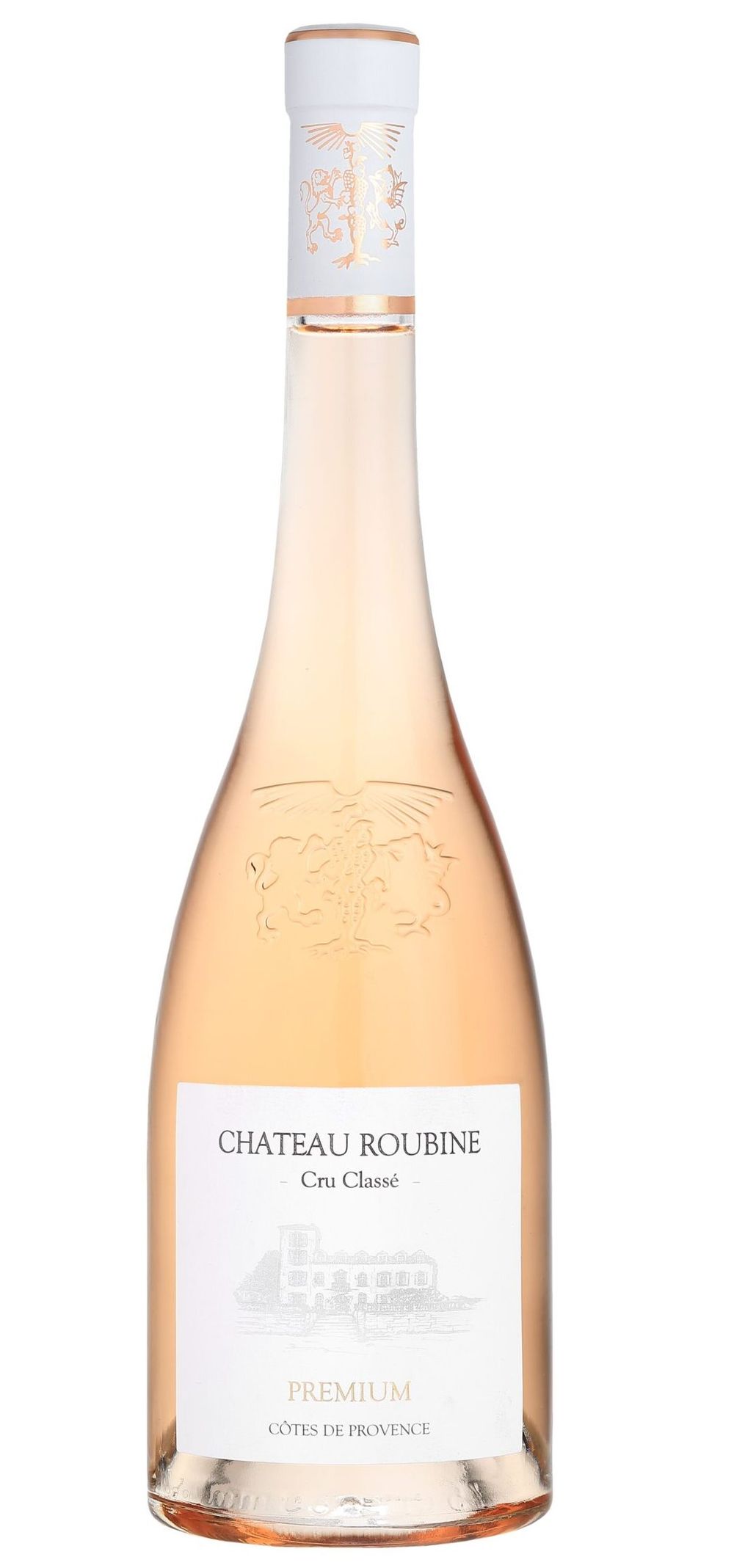
Vibrant, salmon pink in colour, this premium rosé is zesty and herbaceous with notes of guava and grapefruit. The palate is concentrated and velvety in an understated way, nodding to its Cru Classé status. Quietly confident and tightly woven, if this wine were a wrap, it would be your Merino wool pashmina.
Helena Nicklin also shares her views on Vins de Provence rosé:
What is it in terms of style that makes Vins de Provence, and rosé in particular, attractive to consumers?
The colour is so important. We drink with our eyes. The fact that Vins de Provence makes a style that is reliably crisp and dry too has given the consumer confidence to pick it up from the shelf. Vins de Provence has done well to give the consumer the message that pink wine from Provence will always be pretty to look at, reliable to taste and premium in quality.
What has driven the quite remarkable rise in popularity of Vins de Provence rosé in the UK?
Covid had a significant impact. 2020 was a hot summer in the UK and elsewhere and Provençal rosé, generally being the more premium option, gave us a sense of much needed affordable luxury in a strange time. Consumers then got even more of a taste for it and the love affair with Provence has continued.
Why do you think it has captured consumers’ imaginations?
I don’t think I’ve ever met anyone who doesn’t secretly dream of a little stone house by the sea in Provence surrounded by lavender fields and roses, eating outside on the patio as the sky turns pink at night. Popping open a bottle of rosé gives us a little hint of this feeling. It’s an evocative wine and that story starts with the colour. It screams balmy nights and sunsets, even when it’s actually snowing outside.
Do you see this growth continuing, or at least maintaining its current level of popularity, and why?
I do see the popularity maintaining its level or even growing. Little, affordable luxuries will be even more important in the coming years of economic pain. There are also huge opportunities for Provençal rosé in the gastronomic space as consumers begin to understand that some styles are particularly suited to food and will trade up for them. Further opportunities will come, I think, with communicator focus on the different parts of the region and what they bring to the styles as well as what Cru Classé means. It’s an excuse for the consumer to keep tasting.
How do you think Vins de Provence rosé has been able to become a year-round wine and not just for the summer?
I have personally always served Provençal rosé with the Christmas meal as the versatility of the more gastronomic styles provide a really refreshing alternative when all the food is so rich and there are so many flavours to contend with. I have found that it’s a real crowd pleaser as there’s nothing OTT or that could be offensive, like too much tannin or too strong aromas. Having been skiing recently, it’s also clear that ‘snowsé’ is a thing (if not yet a word). It has caught the imagination of skiers stopping for lunch when white feels too crisp and cool and red, far too heavy. It also looks excellent when you use a snow drift as an ice bucket. The instagram appeal is massive.
David Kermode, wine writer, Provence specialist and host of The Drinking Hour on Food FM
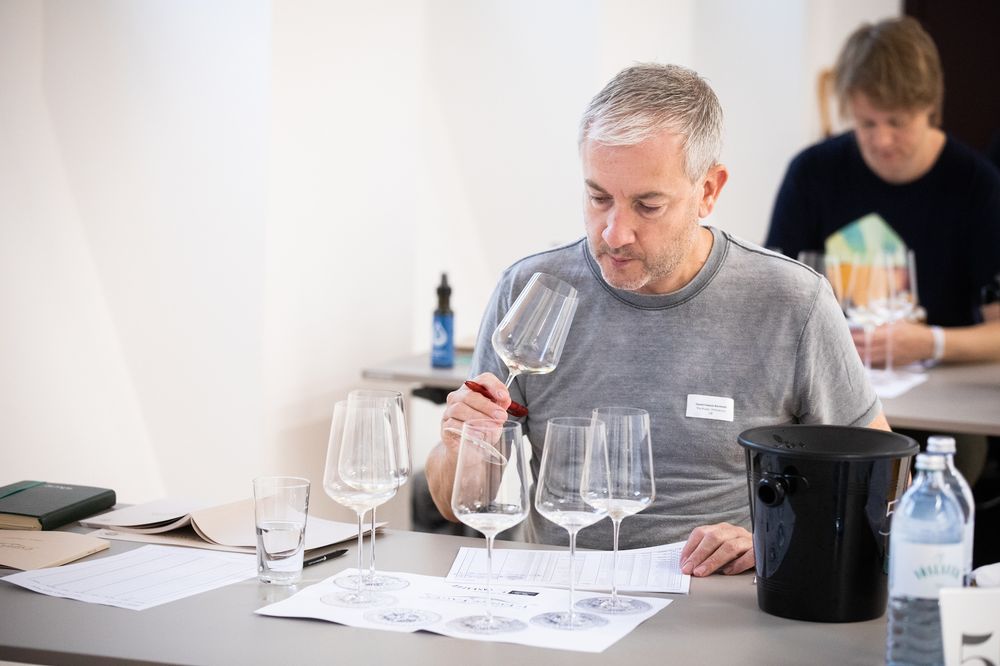
David Kermode has specialised in Provence rosé as part of his extensive judging and tasting for the IWSC
I have selected these three delicious wines that I believe really represent what Vins de Provence rosé stands for.
Chateau Bellini, 2021 (Coteaux Varois en Provence)

From the Coteaux Varois en Provence appellation, inland in the hills, the nose offers bright raspberries and redcurrants, with wafts of cherry blossom.On the palate, there’s a lovely firmness to the cranberry acidity, a clean, chalky freshness and the rounded mouthfeel brings a wonderful sense of completeness, making it perfect for a plate of langoustines with aioli.
Chateau Paradis, 2021 (Coteaux d’Aix-en-Provence)

From Coteaux d’Aix-en-Provence, a perfumed nose of lavender and alpine strawberry leads into a beautifully balanced wine, with red cherry and ripe nectarine balanced by a crisp, redcurrant acidity.This is a richer, slightly spicier style, ideal for pairing with a Thai green curry.
Jas D’Esclans, 2021 (Côtes de Provence)
From an organic Cru Classé property in the Côtes de Provence appellation, an elegant wine, with a beguiling nose of summer berries and ripe apricots, leading into a deliciously complex feast of stone fruits, with a hint of dried herbs and a lovely lick of wet stone, perfect for a pissaladière.
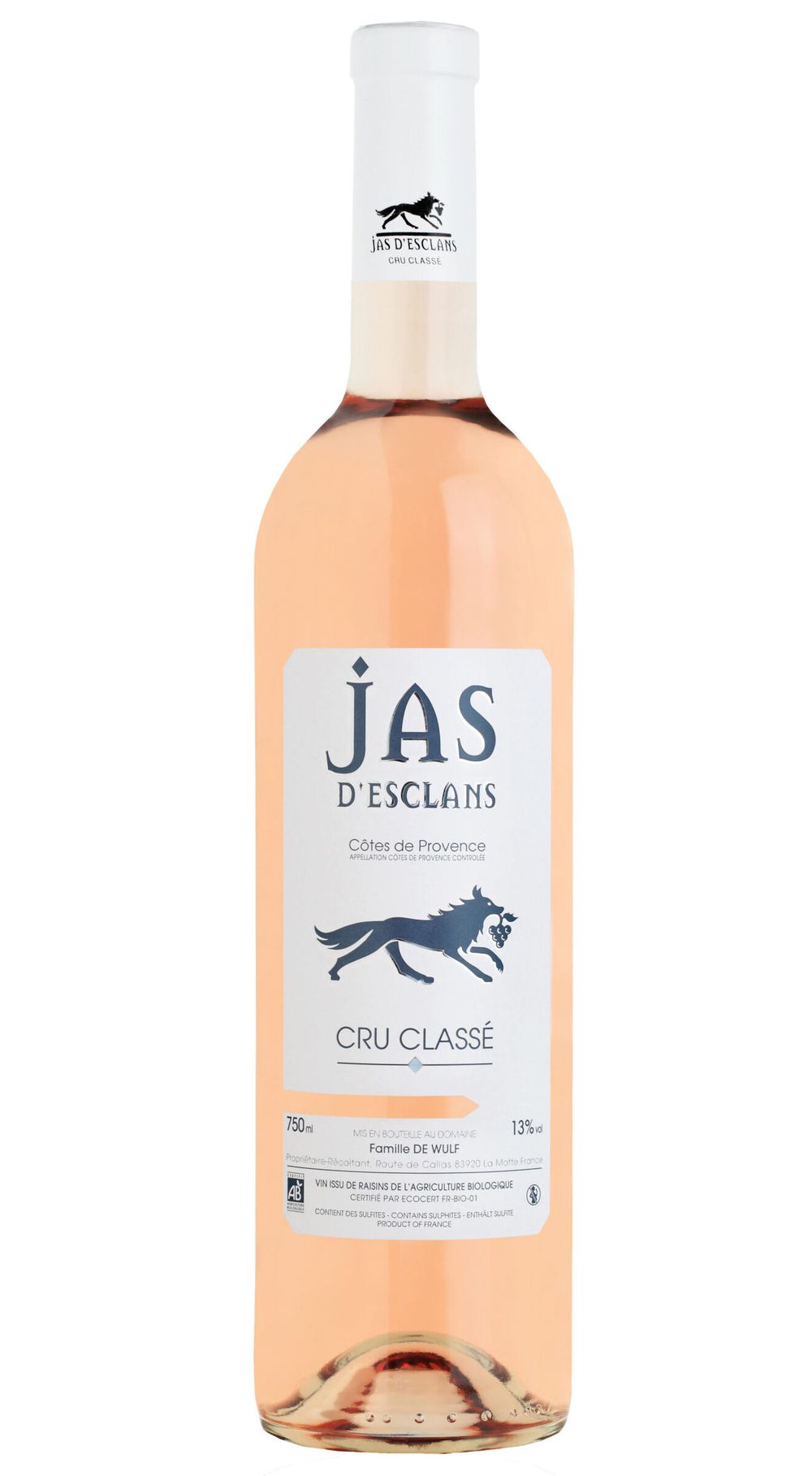
What is it in terms of style that makes Vins de Provence, and rosé in particular, attractive to consumers?
The colour obviously plays a pivotal role, the pale pink is beautiful, beguiling and synonymous not just with summer, but with good times more generally, no matter the season, as it’s a wonderful aperitif wine. Whilst Vins de Provence rosé offers more diversity than most people think, it is always remarkably consistent in terms of quality, with consumers understanding that it is reliably dry, crisp and refreshing.
What has driven the quite remarkable rise in popularity of Vins de Provence rosé in the UK?
There is a host of factors I think. There has been a revolution in the quality over the last couple of decades, thanks to investment in the latest winemaking technology, chiefly temperature control, as rosé is actually very challenging to make. Vins de Provence rosé has also very astutely followed the Champagne textbook, in terms of shelf appeal and the variety of formats available.Where once, posh beach front bars only offered Champagne fridges, now there is always Provence rosé on offer too, as it enjoys a premium tier status.
Why do you think it has captured consumers’ imaginations?
Vins de Provence rosé is aspirational, synonymous with glamour and a connection with the Côte d’Azur lifestyle, but most importantly the wines are just bloody delicious. I think there’s also a growing realisation that they are also hugely versatile wines for food pairing, most especially with Asian-inspired cuisine.
Do you see this growth continuing, or at least maintaining its current level of popularity, and why?
I believe there’s still headroom for growth in the retail space, where they can potentially continue to compete with Champagne and other sparkling wines, and there’s definitely plenty more room on wine lists, as too often there’s only a couple of rosé options, even in the best venues.
How do you think Vins de Provence rosé has been able to become a year-round wine and not just for the summer?
While many older consumers undeniably still think of Vins de Provence rosé as a wine for summer, I think there’s a new generation who just embrace it for its easy drinking charm, whatever the weather.I love winter rosé – I call it snowsé – and, for those of us lucky enough to hit the ski slopes in the winter, it is the perfect lunchtime wine.
Libby Brodie, wine critic for City AM and co-founder of The Wine Collective
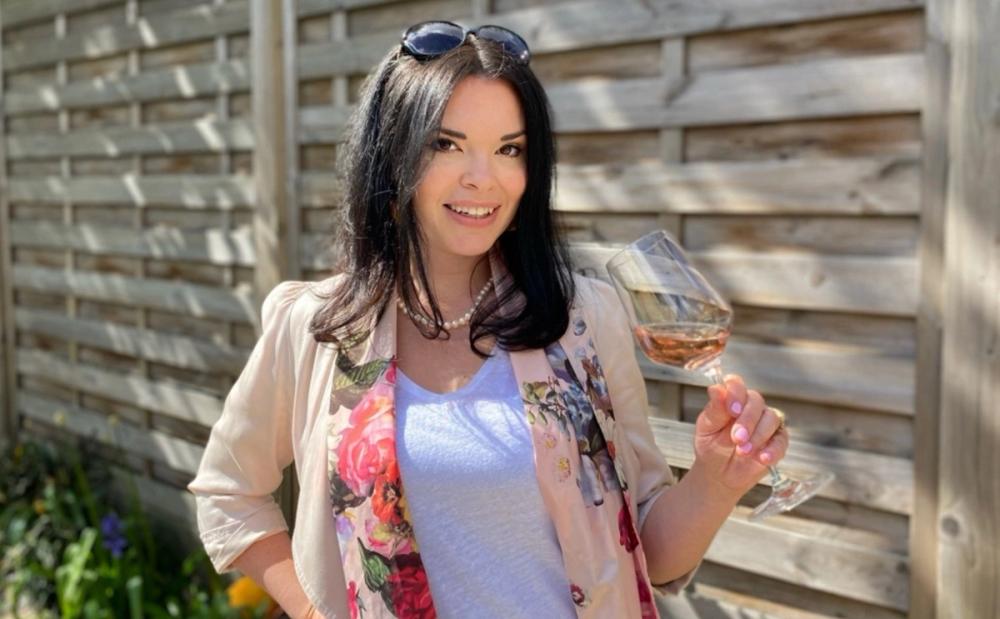
Libby Brodie believes Vins de Provence rosé has been key in opening up wine as a whole to so many more people
Here is my selection of three Vins de Provence rosés that show what Provence can do best.
Domaine de Valdition, Vallon des Anges, 2021 (Coteaux d’Aix-en-Provence)

This gorgeously smooth, supple rosé from sunny Coteaux d’Aix-en-Provence is flooded with sunshine-warmed fruit. White peaches, wild strawberries and juicy ripe grapefruit jostle for pride of place on the palate. With this appellation’s Mediterranean climate, and vines protected by the drying Mistral wind, this wine offers nuances of delicate blossom sprinkled with white pepper spice and ends in a long, beautifully balanced finish.
Chateau Les Mesclances, Saint Honorat, 2021 (Côtes de Provence)
The large appellation of Côtes de Provence extends over 20,200 hectares and encompasses both calcareous and crystalline soils creating a delightful range of rosés. Chateau Les Mesclances is only 3km from the Mediterranean and this wine’s grapes are grown at the foot of a south-facing slope, resulting in a creamy rosé that brings weight and texture to the table. The wine bursts with red berries and ripe stone fruit balanced by the bright acidity of grapefruit.
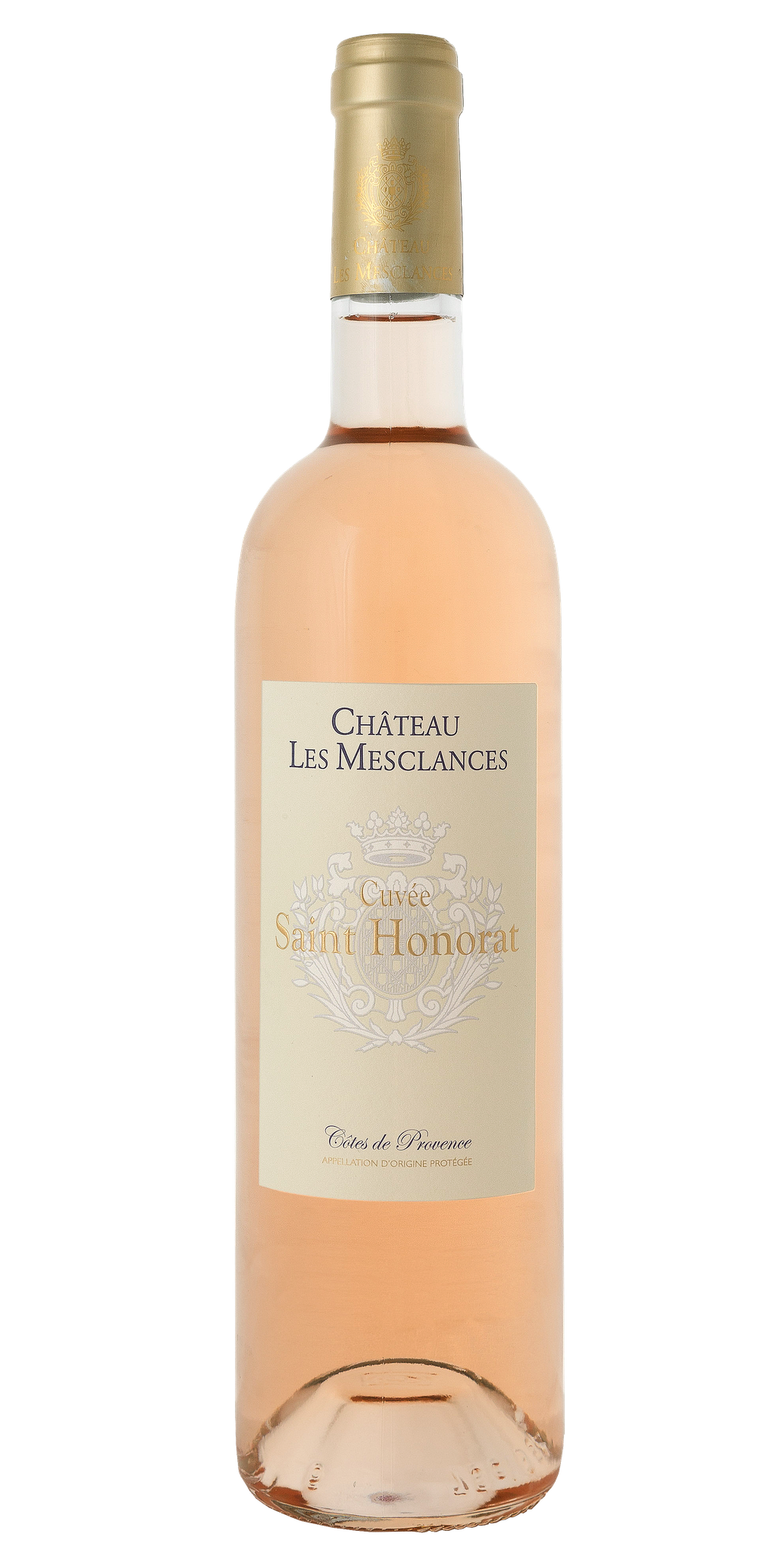
Famille Sumeire, Cesar a Sumeire, Château Coussin, 2021 (Côtes de Provence)

Vibrant and youthful, crisp zippy citrus hits the palate then unfolds into delicate floral refinement. The slightly continental micro-climate of Côtes de Provence Sainte-Victoire, with its limestone and argillaceous sandstone soils, is known for its subtle high-toned rosés and underneath the exuberance this wine has a precise almost saline backbone.
What is it in terms of style that makes Vins de Provence, and rosé in particular, attractive to consumers?
People buy rosé with their eyes. The visual appeal of the pretty pale pink of Provence holds far more importance than the look of any other wine when it comes to making a purchase. In an age of photographically captured moments, the beauty of this beverage can only help consumers be drawn to it. But it would be unfair to say rosés’ beauty is only skin deep. Vins de Provence pioneered a style of wine which encapsulates the refreshing crispness of a chilled white wine with the rounded flavours of red berries, melons, summer fruits and sometimes a sprinkling of spice. It is the great balancer, the fail-safe crowd pleaser and thanks to these attributes, a fantastic pairing for a whole range of foods, from BBQ meats to citrussy seafood and even trickier tastes like tomato, crunchy green salad, chillies and spice and pungent cheeses.
What has driven the quite remarkable rise in popularity of Vins de Provence rosé in the UK?
There is no denying the British like a pink drink and are usually willing to spend a pound or two more on a rosy version of the same beverage, especially the paler pink of Provence which conjures images of sunshine, warmth and the blue of the sea or swimming pool. Something we Brits could all do with a bit more of. Also, essentially there has been a major shift in wine communication and enjoyment recently. Wine is now engaged with as never before, in 2020 it became the UK’s favourite alcoholic drink over beer for the first time. This opening up of the wine world reduces some of the snobbery surrounding the industry. Whereas previously rosé may have been scoffed at by the fine wine luvvies, ignored in favour of cellared reds and relegated to poolside quaffing, its public popularity has boosted sales, styles and ensured a premium quality product is being released by respected and talented winemakers.
Why do you think it has captured consumers’ imaginations?
The idea of “lifestyle” is more key in society than ever before, but it isn’t just about visually recording moments online. Financially certain things that were available to previous generations are not now possible. For example, the younger generation may not ever be able to afford to buy a house, so they’re focusing on present joy, experiences and creating memories. Rosé is a joyful wine, with its vibrancy, easy-drinking accessibility, versatility and yes – its attractive look in the glass. People often have rosé at enjoyable moments, on holiday, in the sunshine, with friends and that is all linked to our memories and feelings about the wine itself.
Do you see this growth continuing, or at least maintaining its current level of popularity, and why?
It’s the bubble that doesn’t seem to be popping and I do not see why it should. Yes, there is a fashionable trend for rosé at the moment, and you could argue trends come and go but this is not the same as the 1980’s sudden love for full-on oaked Chardonnay that created a backlash, because rosé isn’t a winemaking technique, it encompasses a whole range of styles and grapes. There is always something new to be created and tried when it comes to a term as broad as rosé. As the wine continues to be loved by the consumer, and more money is channelled back to the producers, they can continue to make delicious, different rosé wines to suit the popular tastes and excite more niche ones.
How do you think Vins de Provence rosé has been able to become a year-round wine and not just for the summer?
This would be in part due to wine communication and wine lovers embracing rosé throughout the year, acknowledging its adaptability whatever the situation, food or weather. If you can pour fresh, chilled white in the depths of winter, you can pour a fresh, chilled rosé. It is also due to the fantastic winemakers who strive to create such a range of styles from the structured to the silky, from the citrus or sweet red berry notes to the savoury or spiced. Rosé has been able to build on its popularity by encouraging those who are already summertime fans to experiment with the wines in winter. People are keen to make their own minds up about what they do and don’t like and it is clear that the general public like rosé whatever the time of year.
Vins de Provence Expériences
You can catch up on all that is happening within the Provence rosé category at the new Vins de Provence Expériences trade event dedicated exclusively to the wines of Provence, taking place in Marseille from February 27-28, 2023. It will see 200 winegrowers and négociants from across the three Vins de Provence appellations – AOP Côtes de Provence, AOP Coteaux d’Aix-en-Provence and AOP Coteaux Varois en Provence – presenting all their wines, including rosé, whites and reds to an expected audience of over 800 international buyers and the wine press.
The event takes place at the Palais du Pharo in Marseille. The two-day event will also include masterclasses, free-pour tastings and a number of other activities to showcase Provence and what it is that makes this wine region so special and important to the international wine industry.
You can find out more about Vins de Provence Experiences here – www.vindeprovence-experiences.com. Follow @vinsdeprovenceuk on Instagram, Facebook and Twitter.
